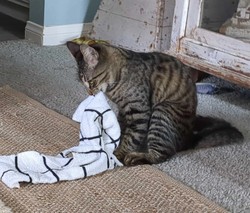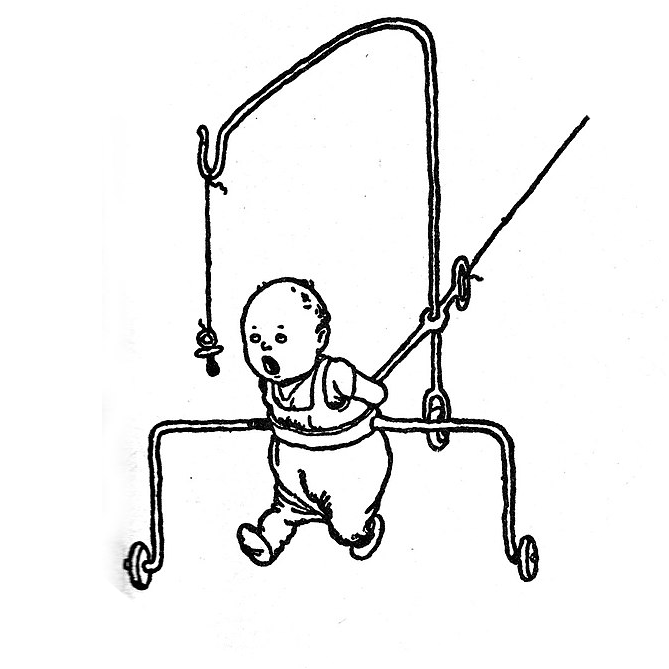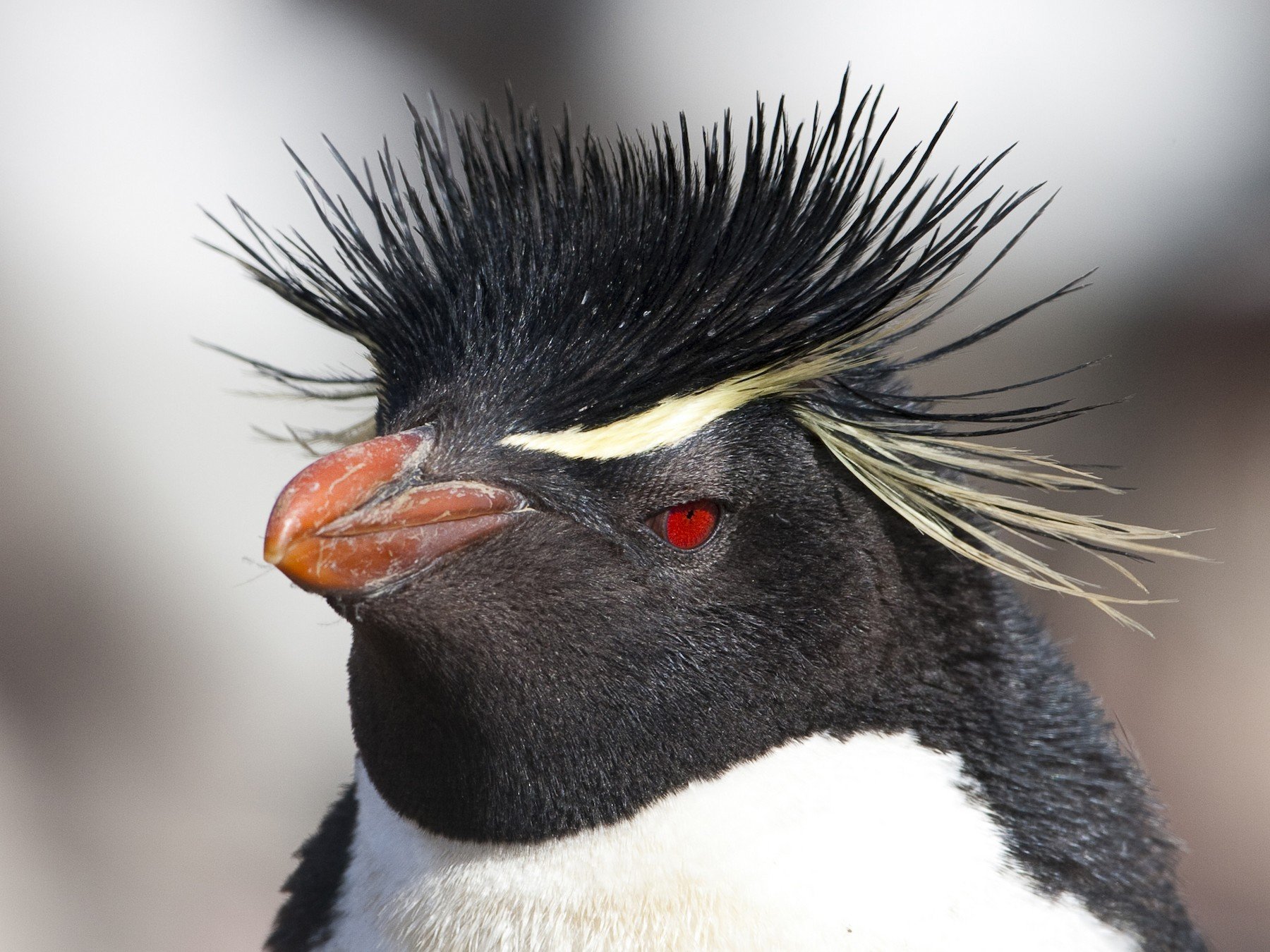Question is directed towards the engineers and machinists here. I think this is primarily a system designed to keep the clamping faces parallel, and perhaps there is some kind of bushing or shoulder bolt.
more context
I know a typical screw and nut in a pair of scissors will not align the blades well enough. I want to understand what kinds of hand finishing processes might be used to remedy the alignment problem. Like is this pictured example using a wave or crush washer to compensate for the alignment variation induced by the thread helix and pitch clearance, or something else likely going on? Does this kind of fastener have a name? Is there a more general variant with wrench flats on both sides or does this design typically require a more involved tooling to create?
In other words I want to have an abstract understanding of the entry point, nuances of application, and investment required to incorporate the design into other DIY type projects. For (a rough) instance, I have run into similar issues with the alignment of optics such as with image sensors.
Machinist here
This all looks custom for the product
While I will admit I have seen nuts and washers akin to those in the photo, it’s clear to me that the hardware is custom made based on the finishes presented on the face of the flat bolt.
The bolts’ rotation is being held still by ‘grips’ or ‘teeth’ on the bottom side of the bolt head and to the shoulder of the mating face with the washer. The washer is also rotationally helping the bolt stay stationary, with similar teeth features. Beyond all this, the faces of the blades are simply ground flat, so even without a bearing shim or other bearing mechanism, the blades will slide smoothly past one another.
See tooth lock washers on McMaster And plow bolts on McMaster
Again it’s going to be hard to find any product that directly represents what you see In the photo.
That style of nut with two flats on it is common on scissors, but I’ll be damned if I know what they’re called on a technical level. And that’s unusual, because I managed a hardware store for some time and handled (not to mention ordered) an awful lot of random specialty fasteners in my years.
The washers/bushings with the frilly edges are purely decorative. There is no reason these couldn’t be a flat washer, and the ruffles around the circumference don’t do anything mechanical. They’re pretty common on the hardware sets used on scissors. See also here, for instance. It’s temping to think that they’re acting like a toothed lock washer, but they aren’t. Usually they stay put relative to the bolt head and nut, but the scissor blades will slide freely underneath as they pivot.
The underside of the bolt head and its attendant nut are also most likely flat. They are on all the shears I’ve ever taken apart, at any rate. You’ll probably find a split lock washer under one or the other of them, though.
The two blades of a pair of scissors have to slide squarely past each other and maintain a point of contact, so it’s very rare to find any washer or spacer between them. Another related semi-useless fact: If you carefully peer down the edge of a pair of scissors or cheat and use a straight edge on them, you’ll find that most scissor blades are in fact curved. This is so the blades only have one point of contact at a time, which moves up and down their length as you open and close them. This results in a noticeable gap at some point along their length when they’re closed, as is visible in your picture. This is not indicative of an alignment issue.
Edit: On the topic of undoing these, and why there is no driver head on one side. The shoulder of the bolt is squared on that side, and engages with a square hole present in one scissor blade, but not in the other. There’s no need to grab the bolt head with anything. You can engage the nut with a normal adjustable wrench, but there are pretty good odds you’ll discover some asshole peened the end of the bolt making it tough to get the nut off, and doubly so without damaging anything.
The professional hair stylist’s scissors have the most wild variation. The tension is adjustable using the little tool spanner against the cross dimples. The wild part is that there are detents to how it tightens and does not feel at all linear. The detents are counted and each feels the same. The mechanism feels strange, like something one might expect in a pocket watch, not scissors.

Those stylist’s scissors are something I don’t have any personal experience with, largely because in order to be equipped to manage hair it probably helps to have hair in the first place. The looks of that setup are almost certainly what the pivot assemblies in lesser scissors are aping, but in a less functional manner. Do you figure the ruffles in the edges of the spacer washers are what’s providing that detent?
There ought to be a spring somewhere in the stack of hardware which looks and acts like a split lock washer, and that’s what provides the motive force to keep the head of the bolt and/or back face of the nut in its place in its detents.
This was an unexpectedly fascinating technical read. Admittedly, I’m “watching” baseball so take my definition of fascinating with a grain of salt.
o7
Us machinists would have a damn hard time without you hardware specialists let me tell you
Thus far my crowning achievement has been differentiating between a 1/2"-20 nut (wrong) and an M12x1.50 (right) for the threaded shank on a temperature sensor mount my partner was holding, from the opposite end of the 20’ long plastic tube extrusion machine we were working on at the time, looking at it upside down while lying on my back underneath the computer access panel.
He thought I was full of shit, so I bet him a dollar. The candy bar I bought from the break room vending machine with that dollar was the best damn candy bar I ever ate.
Fits with the right amount of torque and cross-threading lol
I have concluded from this thread that none of us, especially myself, understand how scissor fasteners actually work.
Hard to say exactly what they did without taking it apart, but it kinda looks like the washers might be springs. Concave when loose and flat under tension. That would help to keep the blades close together even after heavy use and wear.
I would assume that the inside face of the bolt has a square or rectangular profile that seats into the hole to prevent it from turning. The nut looks like it was custom made for this use.
The nut and the bolt could be made in small quantities on a metal lathe. For large quantities they would likely be made on a screw machine. The washers are probably an off-the-shelf part but could also be made on a screw machine.







